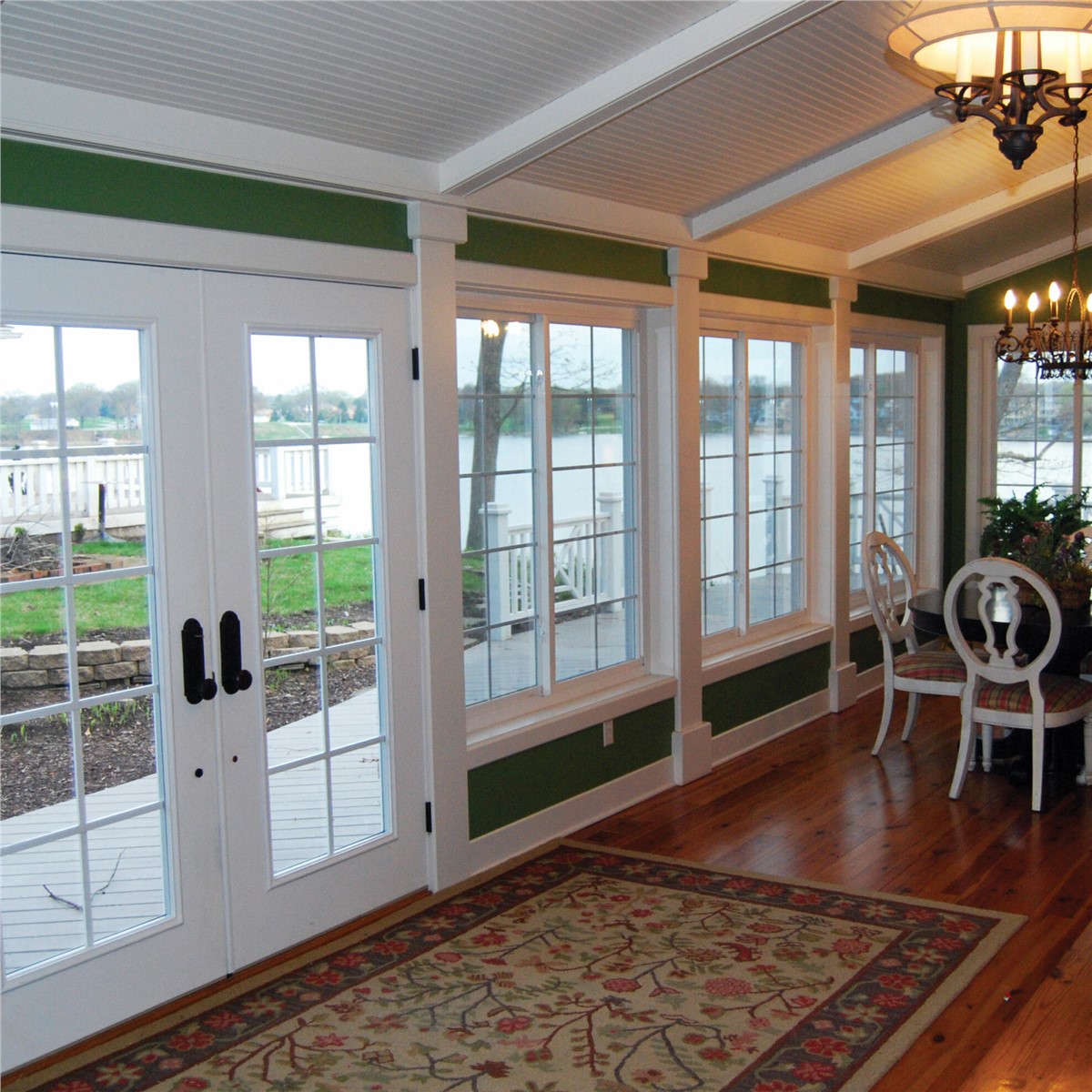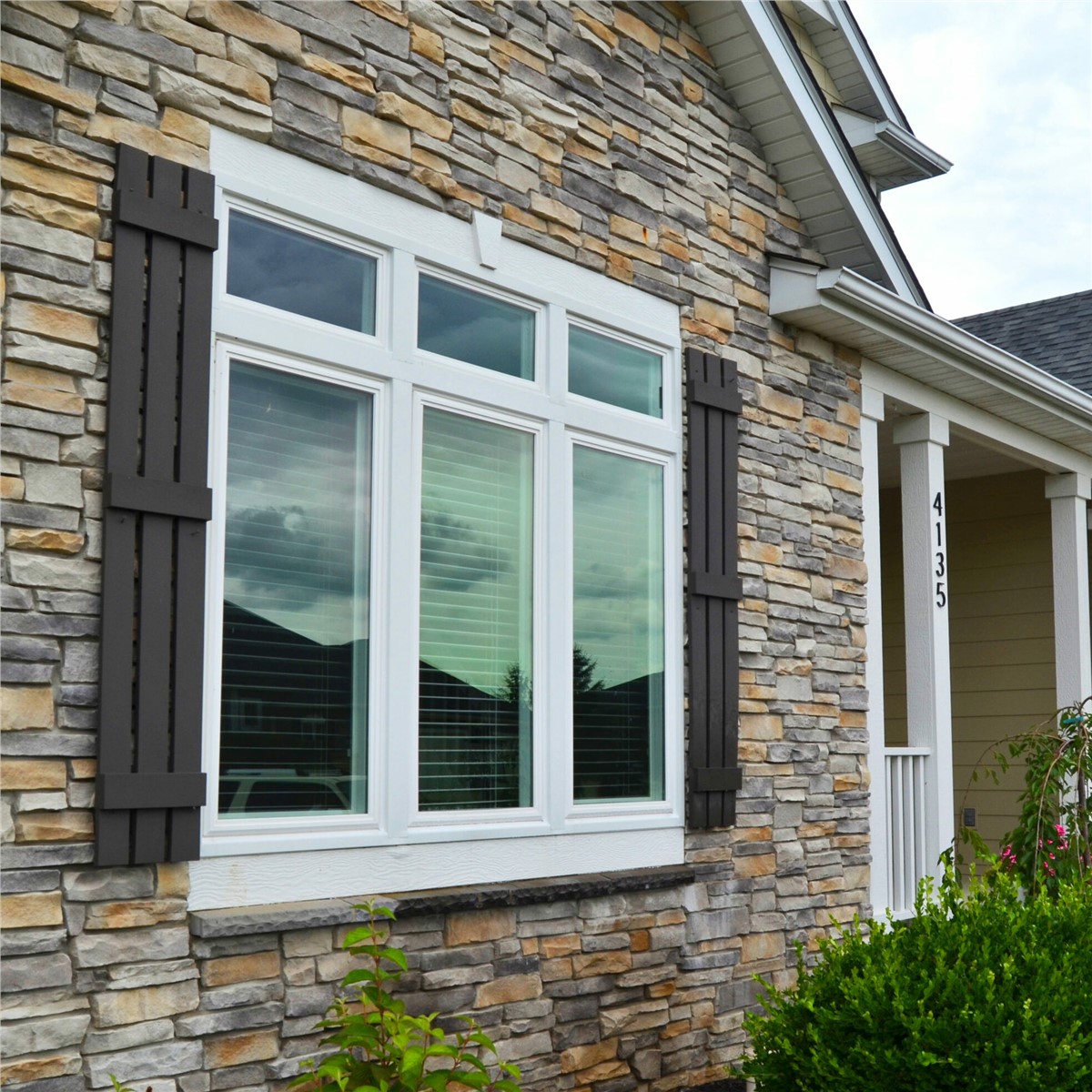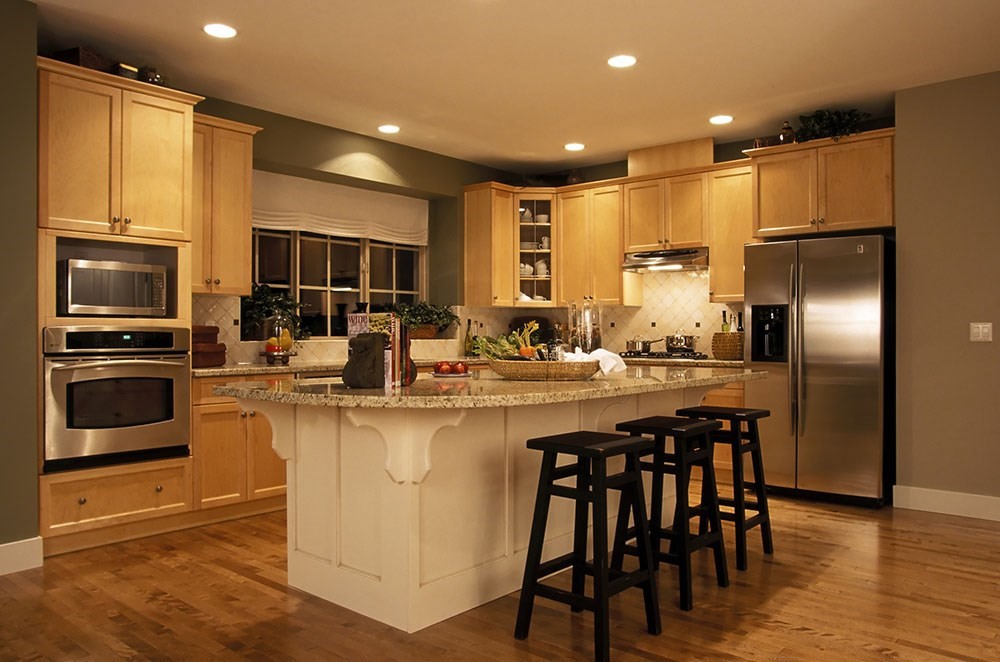 As you probably know, Energy Star designation is a symbol of energy efficiency in electronics and home appliances. But just what does it mean when a window carries the Energy Star label, and should you be influenced by the certification as you shop for replacement windows in Pittsburgh?
As you probably know, Energy Star designation is a symbol of energy efficiency in electronics and home appliances. But just what does it mean when a window carries the Energy Star label, and should you be influenced by the certification as you shop for replacement windows in Pittsburgh? What is the Energy Star Program?
The Energy Star program was developed in 1992 by the U.S. Environmental Protection Agency (EPA) to help reduce greenhouse gasses while educating the population about energy efficient products, practices and services. It is a government-backed symbol that indicates a product will offer energy savings without sacrificing performance or features.Energy Star Designation for Products
In order to ensure neutrality in Energy Star designations, the EPA uses a third-party certification process for many product categories, including windows. In order to carry the label windows must:- Be manufactured by an Energy Star partner
- Be certified by a third party in an EPA-recognized laboratory. The testing done in these labs ensures that changes or variations in the manufacturing process do not undermine the product’s Energy Star qualification.
- Meet strict energy guidelines set by the US Environmental Protection Agency (EPA)
Given the certification standards are unique for geographic location, if Energy Star labels are important to you, it pays to work with a local window professional to ensure you are choosing windows that will perform the best for Pittsburgh.
What Features are in Energy Star Windows?
Energy Star windows have a variety of features including:- Quality Frame Materials. Energy Star certified windows can come in several types of framing materials including wood, vinyl, fiberglass, aluminum and composite.
- Multiple Panes. Energy Star windows will have at least two panes of glass, with air or gas filling space in the middle. The multiples panes have an impact on sound insulation in addition to temperature insulation.
- Low-E Glass. Special coatings reflect infrared light, which keeps heat inside in the winter and outside in the summer. The coatings can also reflect UV light, protecting the quality of furnishings and flooring.
- Gas Fills. Some energy-efficient windows have argon, krypton, or other gasses between the panes. They are odorless, colorless, non-toxic, and they insulate better than regular air.
- Warm Edge Spacers. A window spacer keeps a window’s glass panes the correct distance apart. Spacers used in Energy Star certified windows insulate the pane edges and reduce heat transfer through the windows.
Shopping For Efficient Windows
When shopping for replacement windows, many Pittsburgh homeowners wonder if Energy Star certification really matters. Can you buy energy-efficient windows that do not carry the label? It is true, there have been documented issues with Energy Star products in the past. However, the designation has become important to many consumers, and most experts agree that the issues with the certification are more about keeping up with changing technology, which the EPA has done better with in recent years.The bottom line: Don’t make Energy Star certification your only criteria for choosing windows. Work closely with a Pittsburgh window professional who can help you choose replacement windows for your home that have the features you need to ensure energy efficiency and comfort year round.
If you are shopping for windows and you need some help sorting through energy efficient features and benefits, contact the team at Legacy Remodeling today.
Subscribe to Legacy Remodeling's Blog











Comments